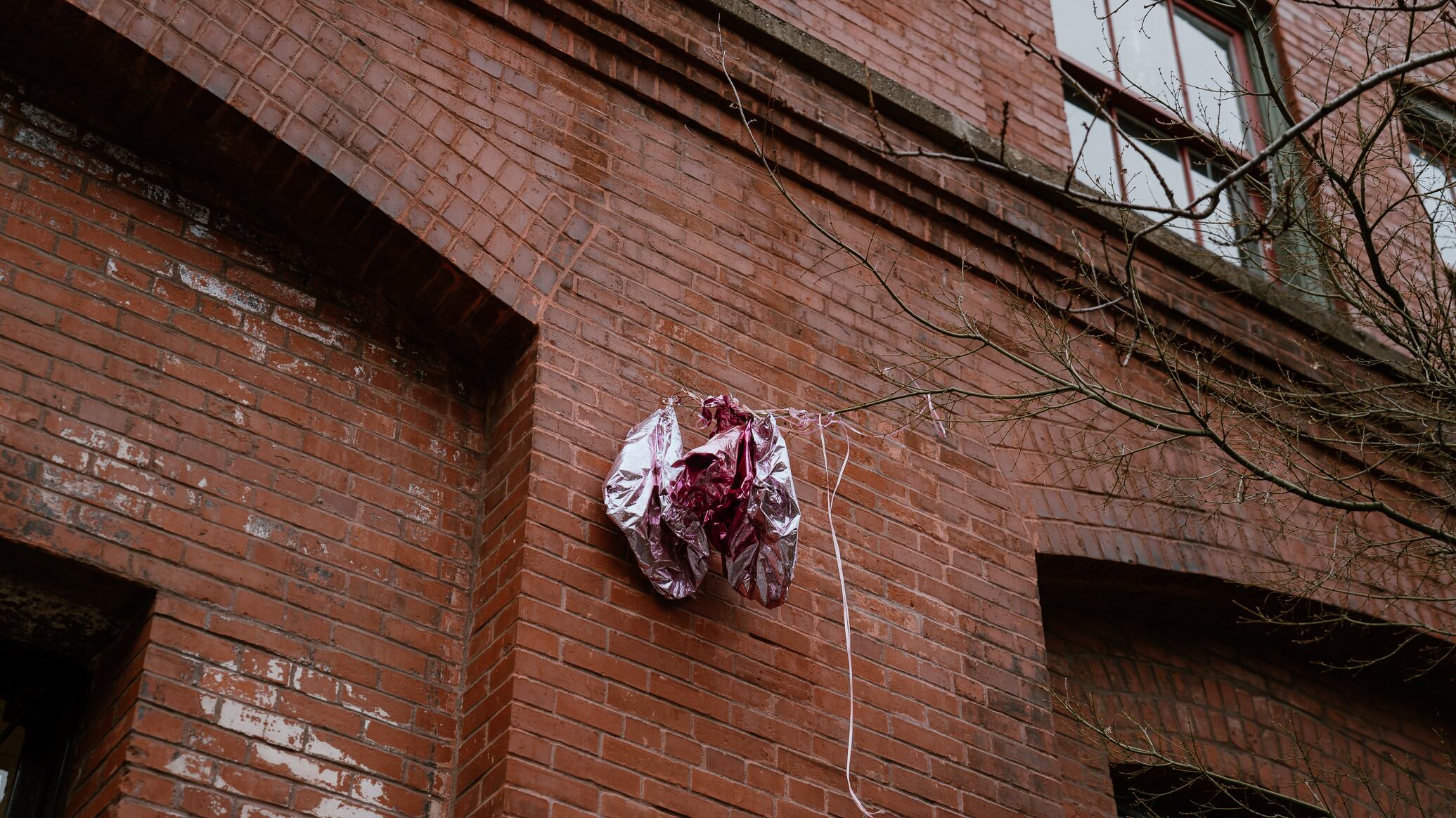The latest and most controversial addition to Mayor Keith Wilson’s constellation of overnight shelters has an opening date.
The new emergency overnight shelter in 1435 NW Northrup St., an office building owned by real estate developer Vanessa Sturgeon, will open its doors Sept. 2.
It’s one of five overnight shelters sprinkled throughout the city, and is part of Mayor Wilson’s plan to create 1,500 overnight shelter beds by December 2025. Open to all adults from 8 pm to 6 am nightly, the shelter will initially offer 40 beds but could expand its availability to 200 if necessary, bringing the total number of beds citywide to 630.
“This shelter is an important addition to Portland’s network of services,” said Skyler Brocker-Knapp, director of Portland Solutions, in a statement. “By expanding capacity to Northwest Portland, we improve stability for unsheltered individuals. The new site makes strides toward advancing safety, dignity, and opportunity for people in need of shelter.”
Since the city first announced the plan in June, the Northrup shelter location has been the subject of fierce pushback—the first real turbulence Wilson has faced in his campaign to end unsheltered homelessness by the dawn of 2026. Some Pearl District residents have vocally opposed the location and expressed alarm about the population it will serve: people who do not need to be sober to spend the night.
“This is not the best location for this type of shelter—in fact, it’s probably the worst location in the city,” says Todd Zarnitz, president of the Northwestern District Association. “The neighborhood has a tremendous problem with camping, prostitution, drug dealing…all concentrated under the [Interstate 405] freeway. This is going to attract that activity back to the area.”
Zarnitz’s primary objection is that shelter entry will be low barrier, meaning there are no requirements to maintain sobriety or check identification. (City spokesman Rob Layne confirmed that officials will not be tracking individuals who leave the shelter in the morning.)
The city has a community engagement plan in place to mitigate impacts of overnight shelters on surrounding communities. The prescribed solutions apply to any area within 1,000 feet of a shelter and include cleanup and clearing of obstructions, significant trash, hazardous material, and significant graffiti within five business days; perimeter checks; removal of unsanctioned tents after a 72-hour waiting period; and prioritized emergency responses.
But similar deals have failed before—and Zarnitz is skeptical. “I don’t take any of that seriously,” he says. “What if [the city] just changed their mind on something? Then they just update the website. It’s not a concrete promise.”
Perhaps more than any other local developer, Sturgeon has eagerly offered her vacant properties as potential spaces to ease the homelessness crisis. In 2023, WW examined her desire to turn an old gear factory in nearby Slabtown into a 16-bed drug treatment center with 80 units of housing. Multnomah County passed on the pitch.

